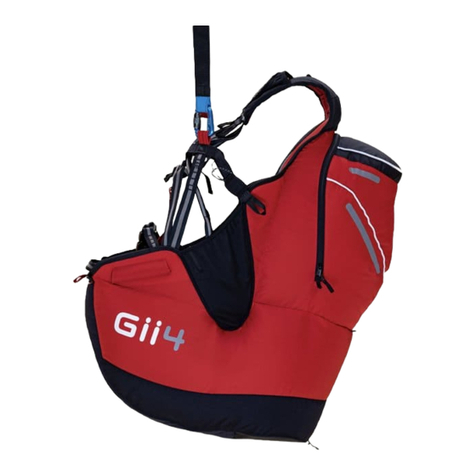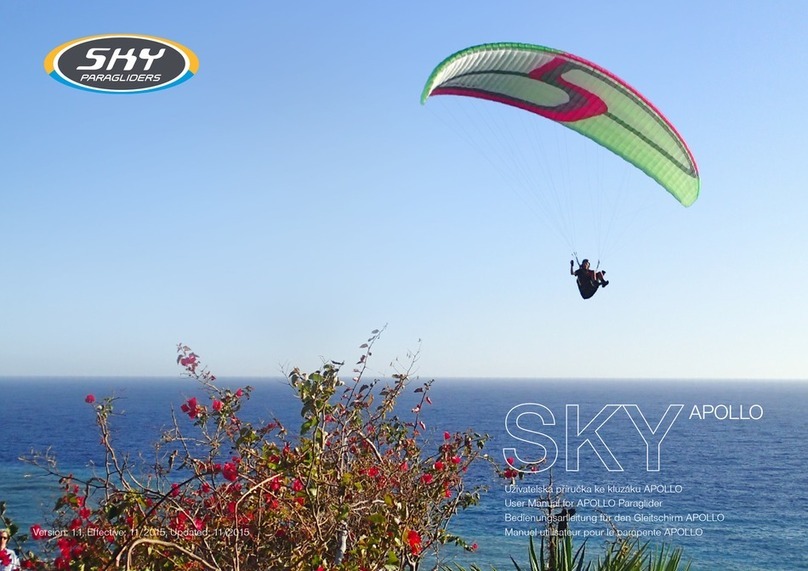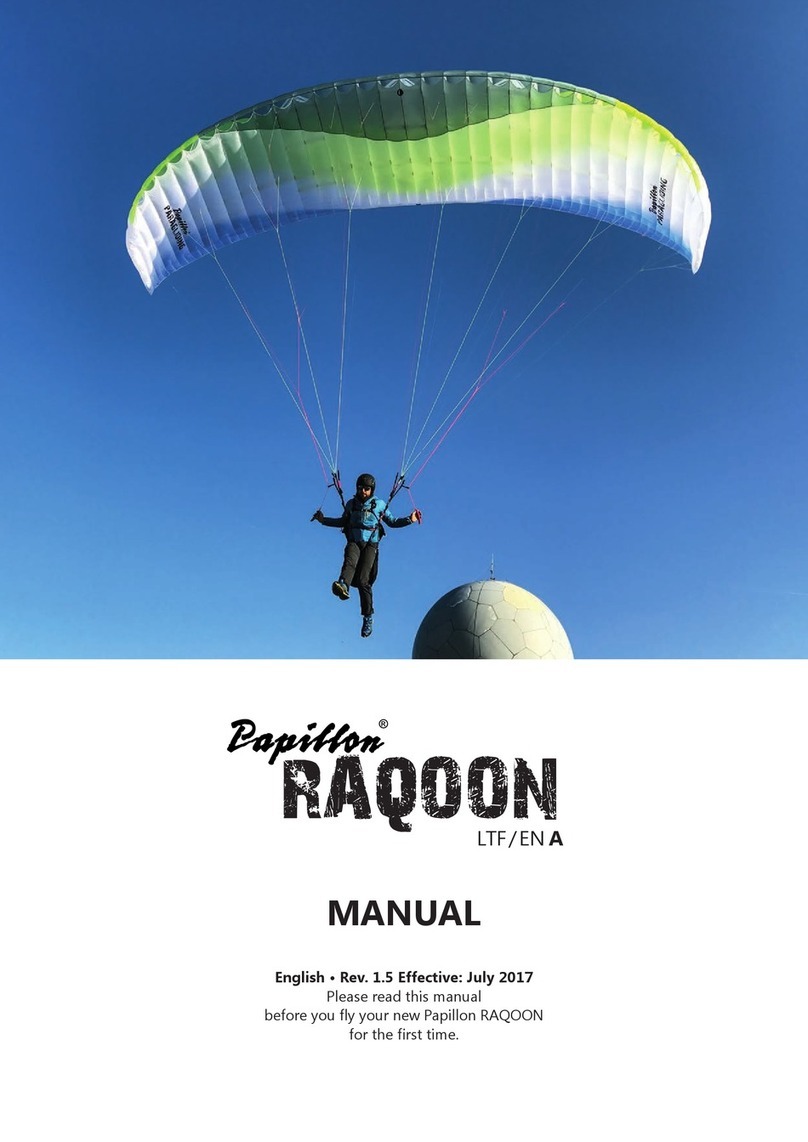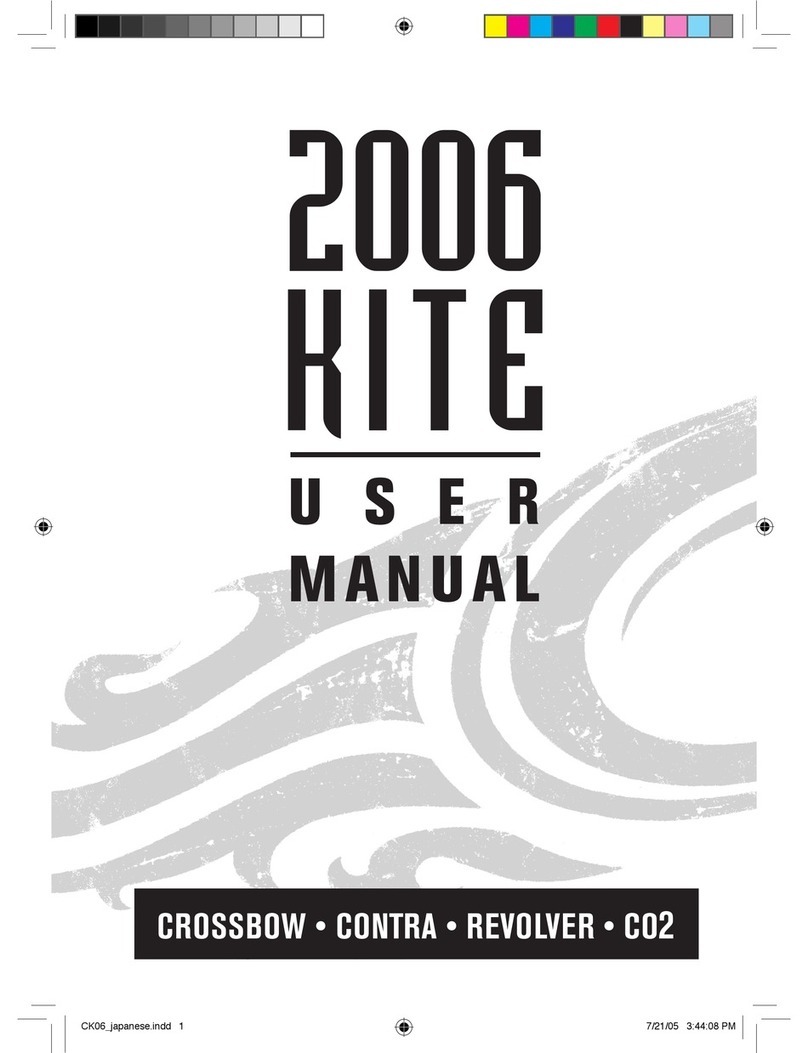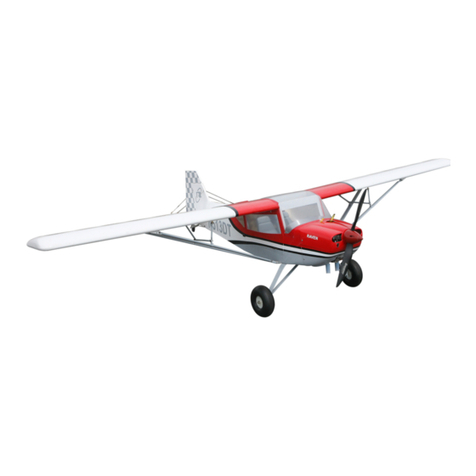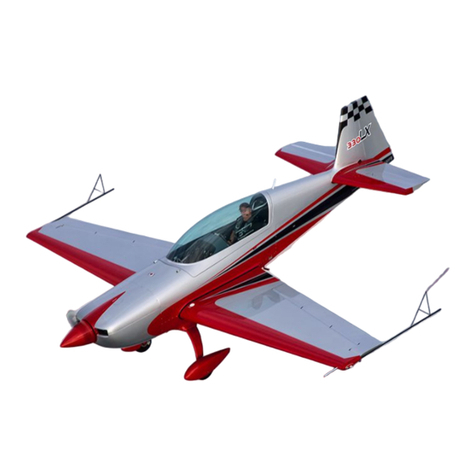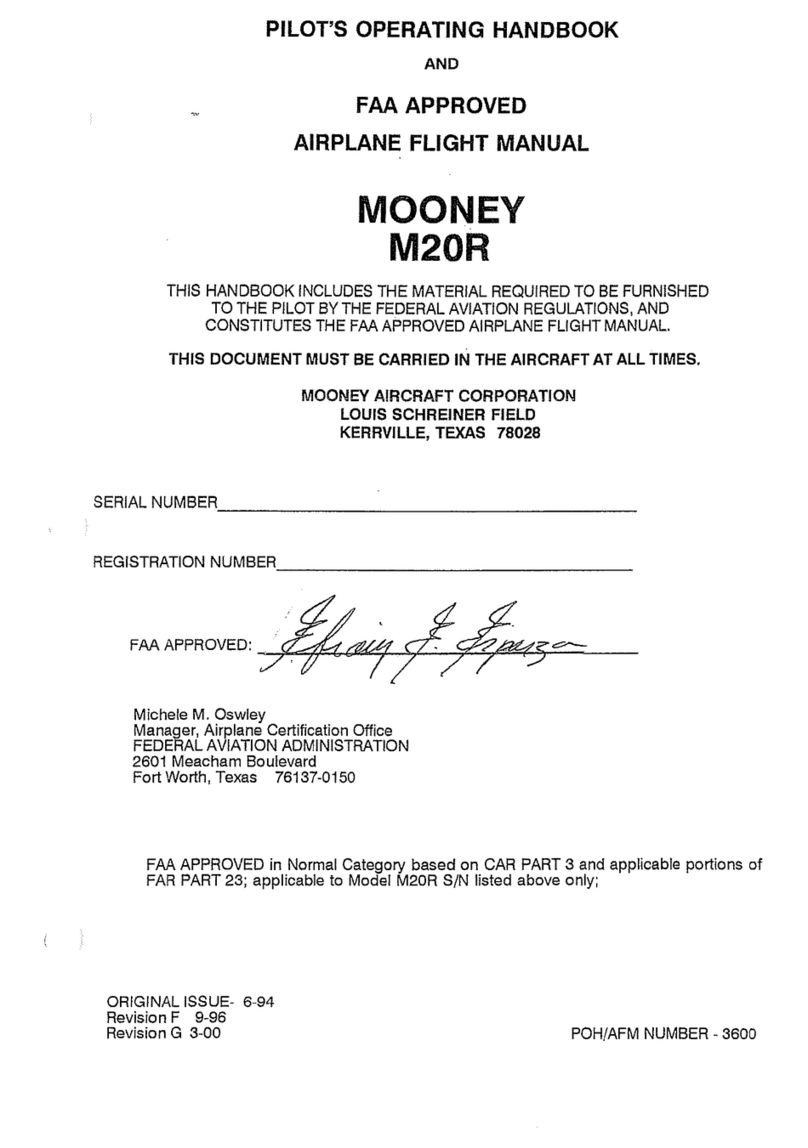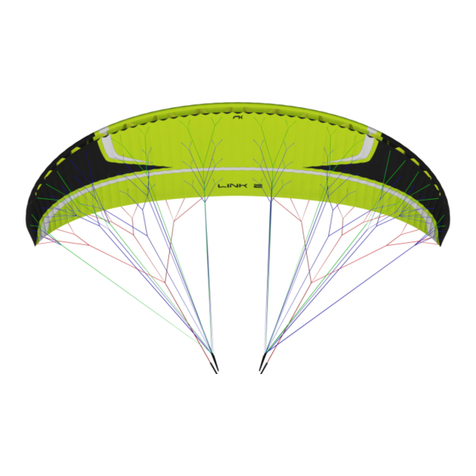SKY PARAGLIDERS atis 3 User manual
Other SKY PARAGLIDERS Aircraft manuals

SKY PARAGLIDERS
SKY PARAGLIDERS SKY TWIN User manual

SKY PARAGLIDERS
SKY PARAGLIDERS APOLLO BI User manual

SKY PARAGLIDERS
SKY PARAGLIDERS KEA 2 M User manual
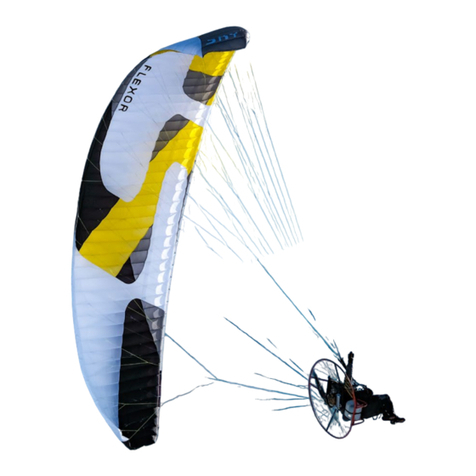
SKY PARAGLIDERS
SKY PARAGLIDERS FLEXOR 23 User manual

SKY PARAGLIDERS
SKY PARAGLIDERS CRUX Series User manual
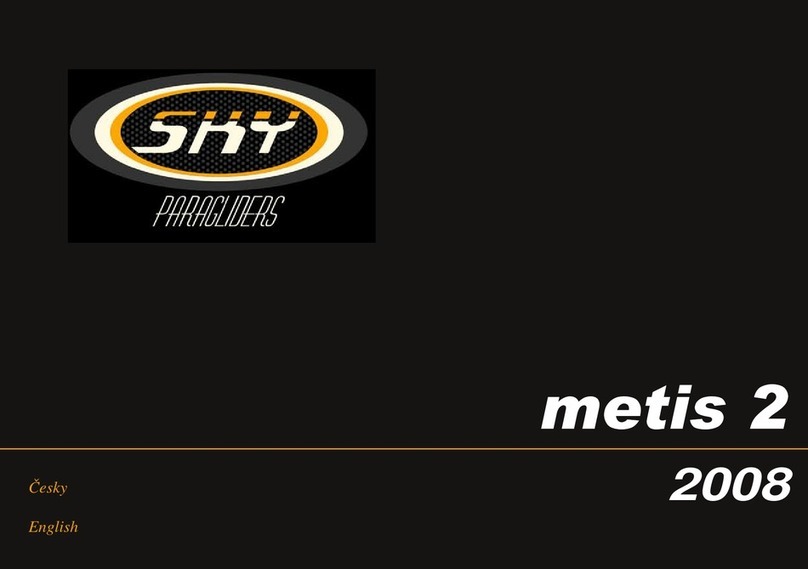
SKY PARAGLIDERS
SKY PARAGLIDERS METIS 2 Series User manual
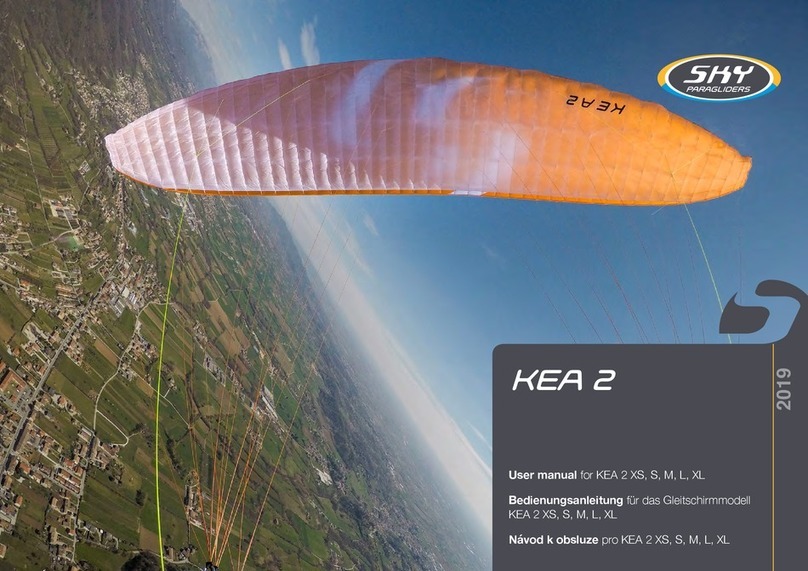
SKY PARAGLIDERS
SKY PARAGLIDERS KEA 2 Seriesl User manual
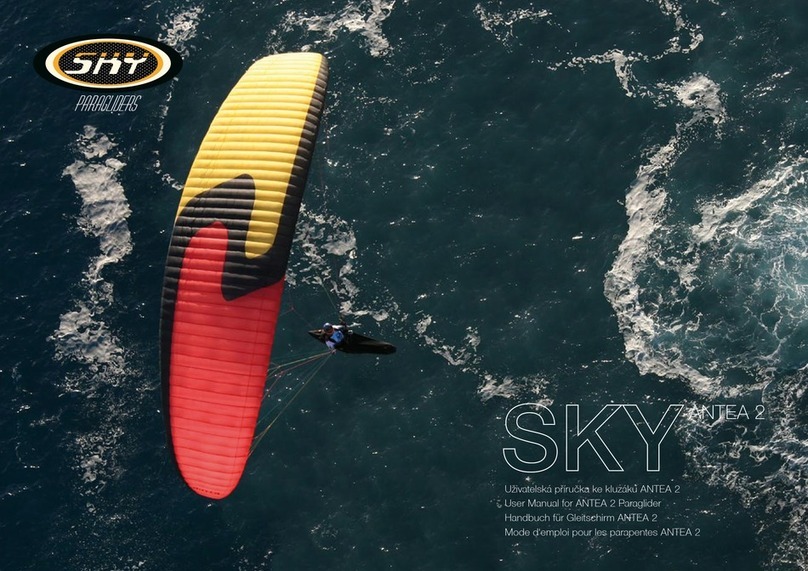
SKY PARAGLIDERS
SKY PARAGLIDERS ANTEA 2 User manual
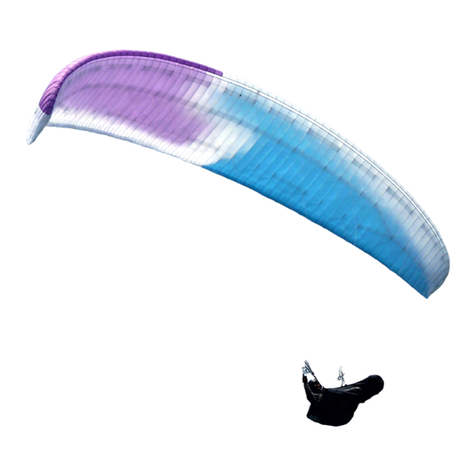
SKY PARAGLIDERS
SKY PARAGLIDERS AEON M User manual
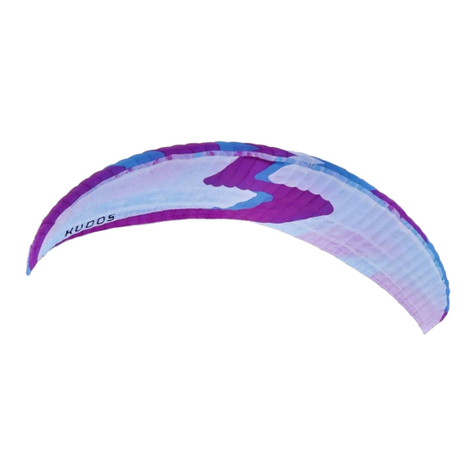
SKY PARAGLIDERS
SKY PARAGLIDERS KUDOS XS 2018 User manual

SKY PARAGLIDERS
SKY PARAGLIDERS Anakis 2009 User manual
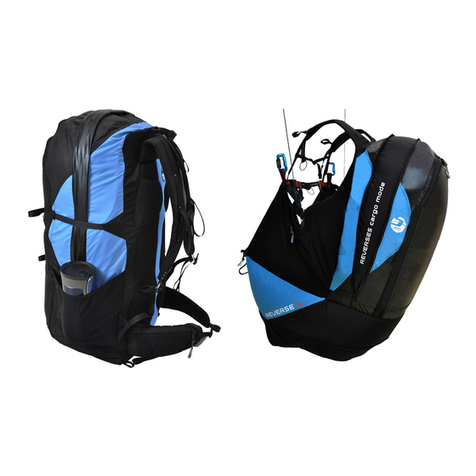
SKY PARAGLIDERS
SKY PARAGLIDERS REVERSE S User manual
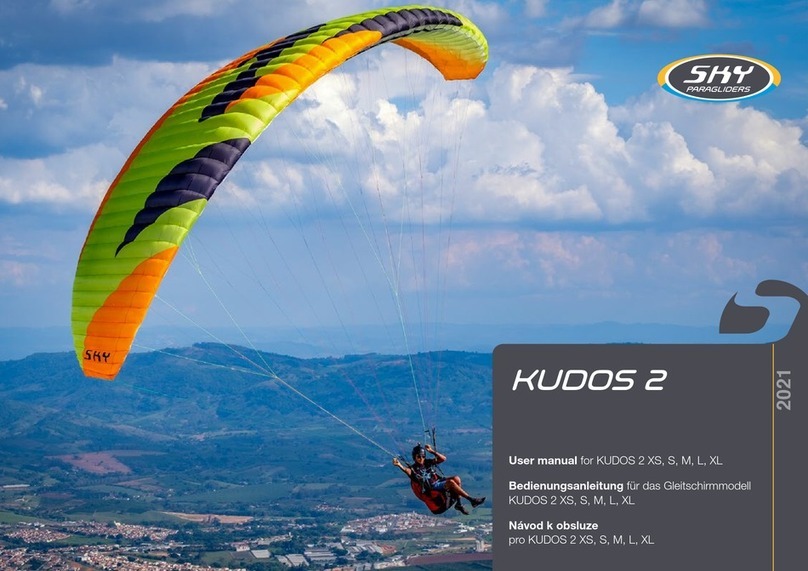
SKY PARAGLIDERS
SKY PARAGLIDERS KUDOS 2 User manual

SKY PARAGLIDERS
SKY PARAGLIDERS FIDES 2 Technical specifications
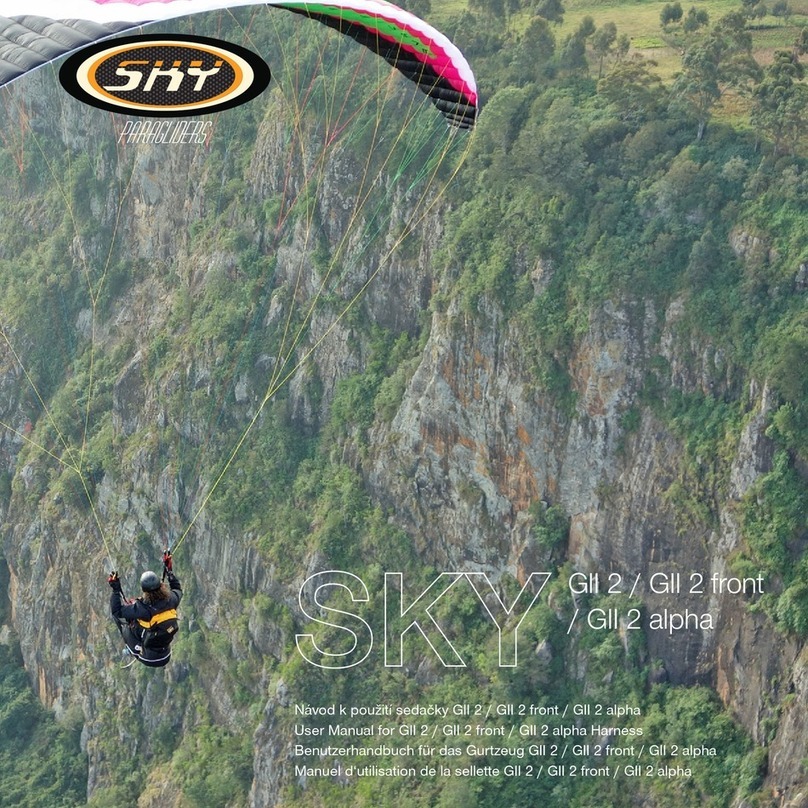
SKY PARAGLIDERS
SKY PARAGLIDERS SKY Gll 2 User manual
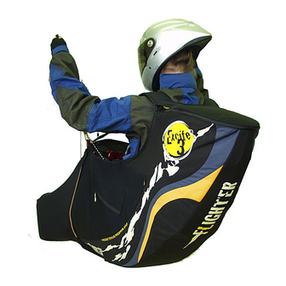
SKY PARAGLIDERS
SKY PARAGLIDERS 2009 excite 3 User manual

SKY PARAGLIDERS
SKY PARAGLIDERS SKYLIGHT tourist User manual

SKY PARAGLIDERS
SKY PARAGLIDERS GAIA 3 User manual

SKY PARAGLIDERS
SKY PARAGLIDERS ANTEA S User manual
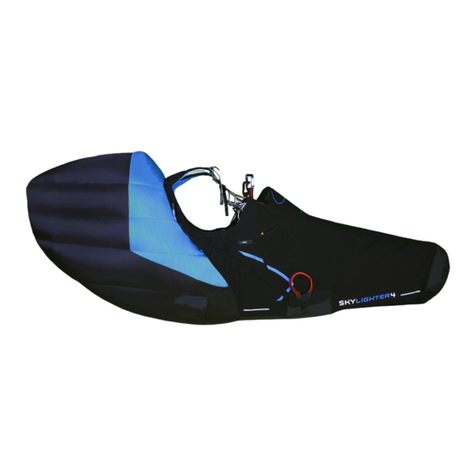
SKY PARAGLIDERS
SKY PARAGLIDERS SKYLIGHTER 4 User manual
Popular Aircraft manuals by other brands
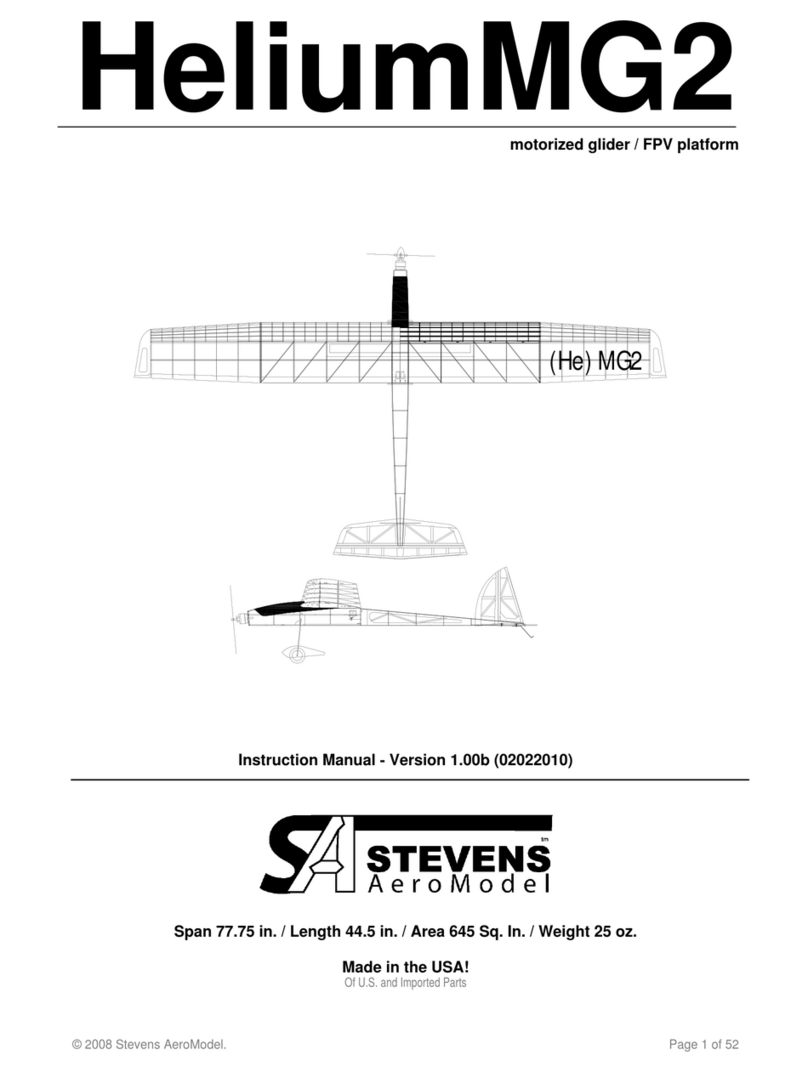
Stevens Aero Model
Stevens Aero Model HeliumMG2 instruction manual
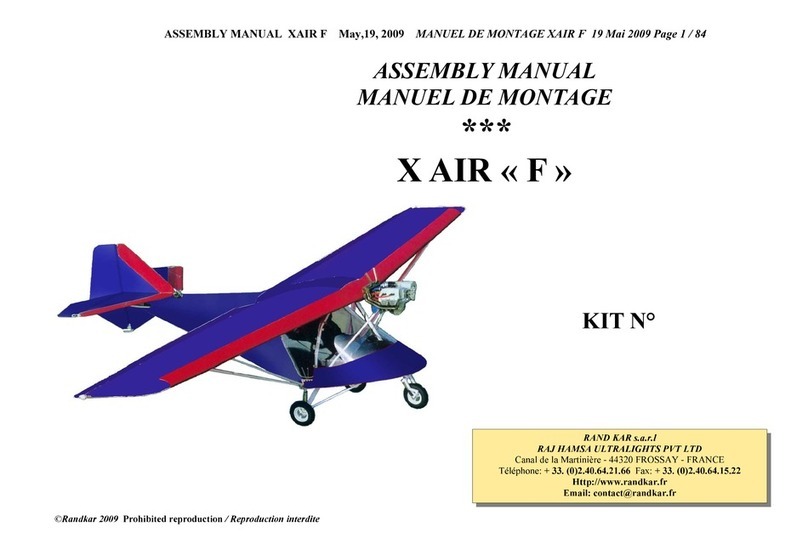
Rand-Kar
Rand-Kar XAIR F Assembly manual
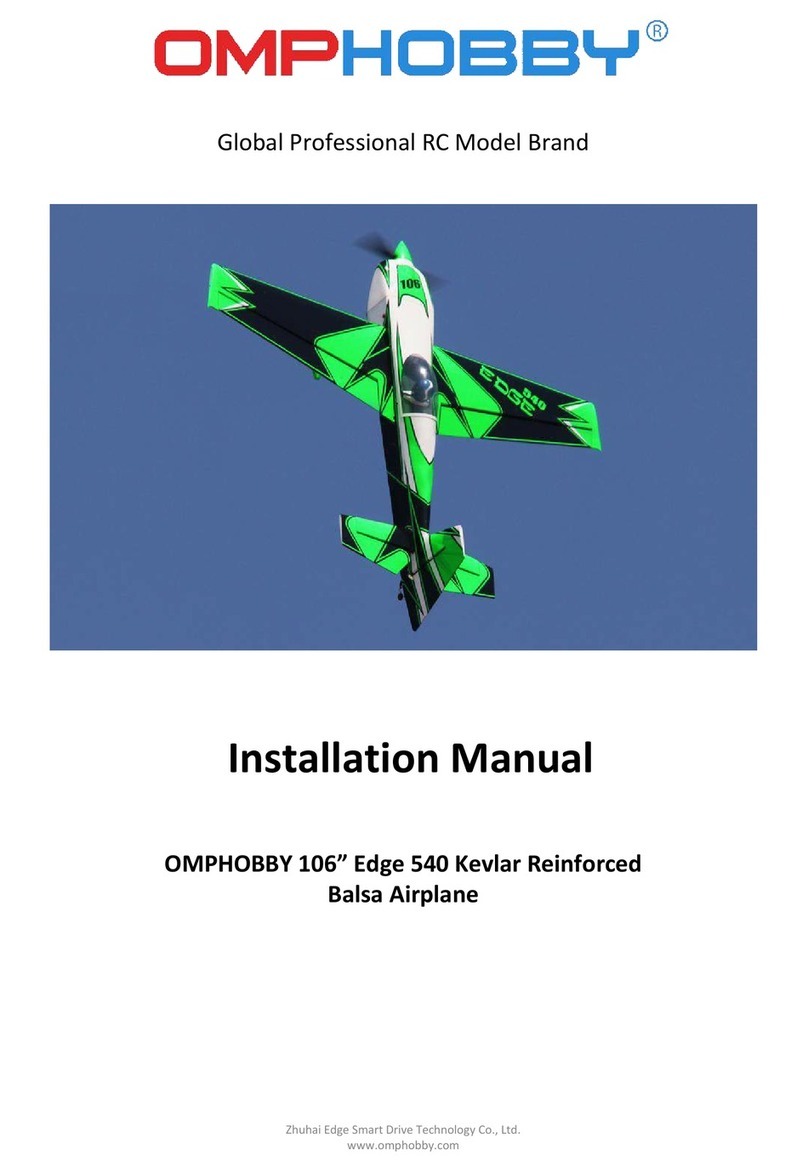
OMPHOBBY
OMPHOBBY EDGE 540 installation manual
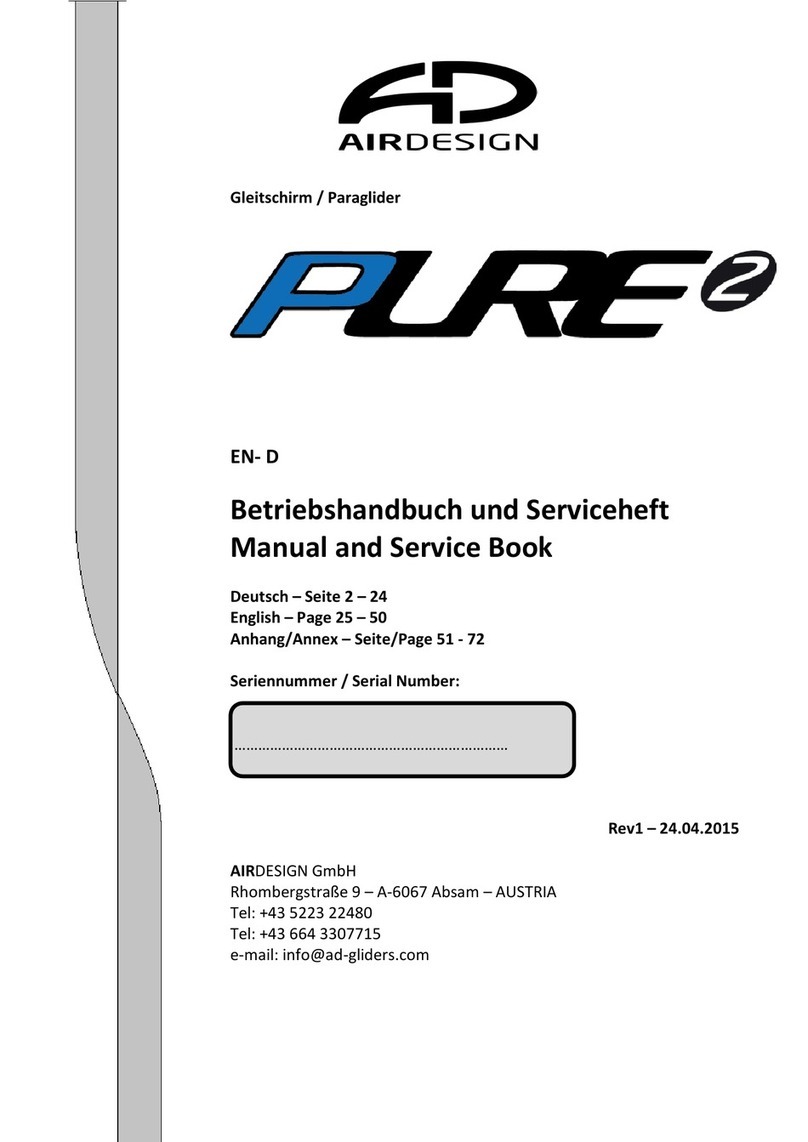
Air Design
Air Design PURE2 Manual and service book
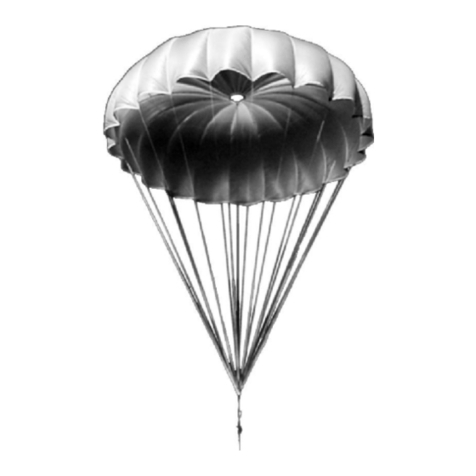
PRO-DESIGN
PRO-DESIGN B-SAFE 140 owner's manual
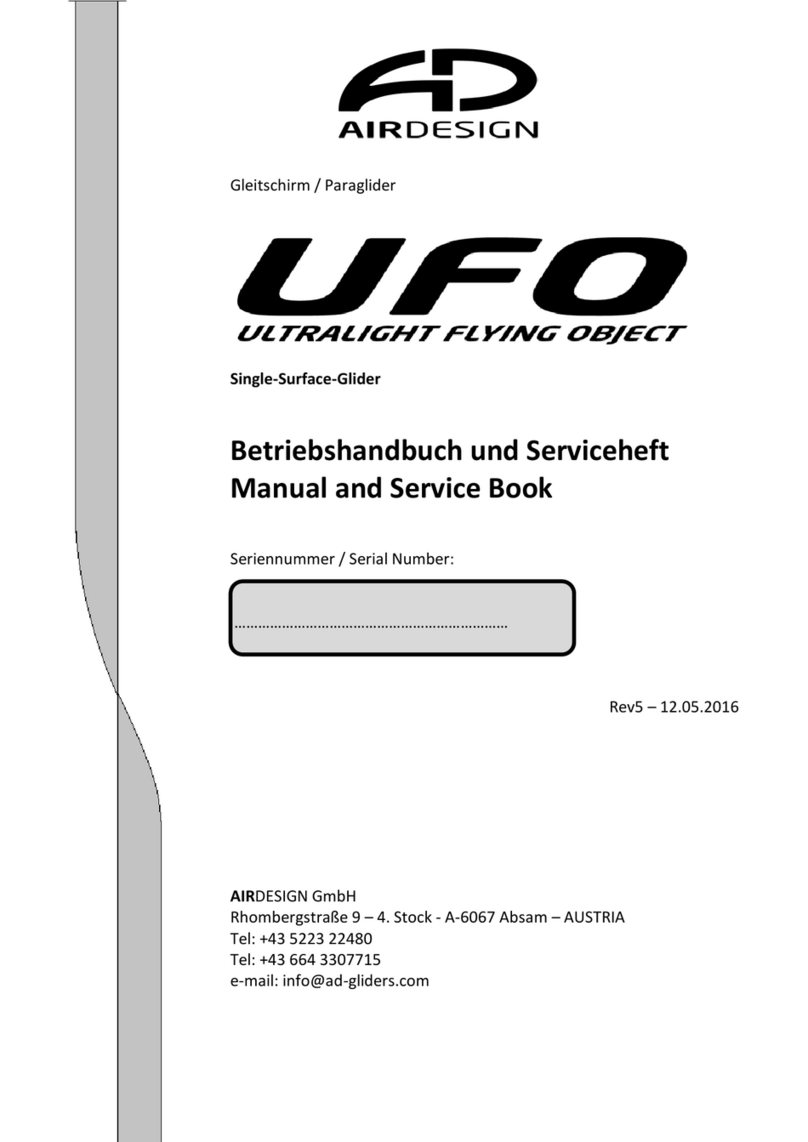
Air Design
Air Design Ultralight Flying Object Series Manual and service book




















